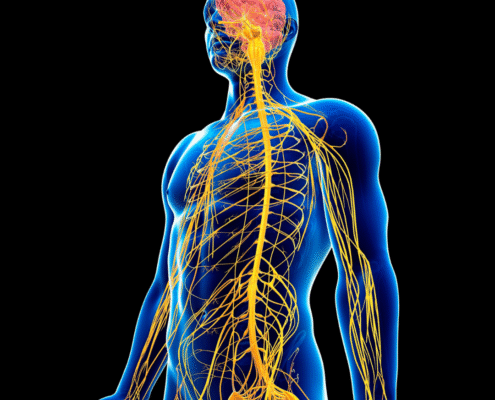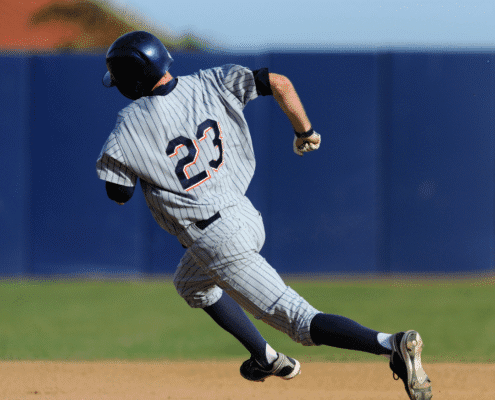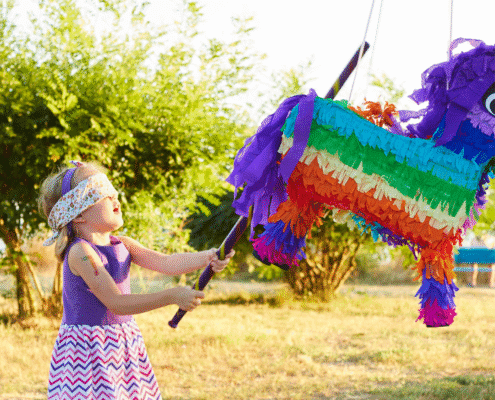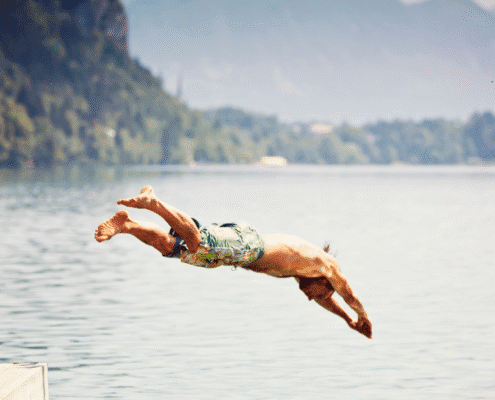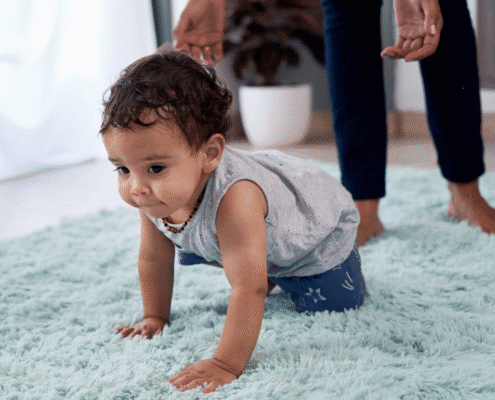Welcome to the Thrive Blog
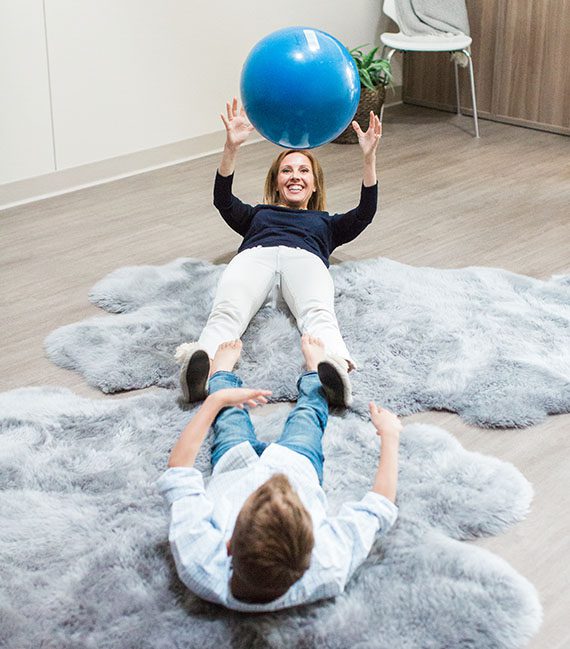
Welcome to the Thrive Therapy blog, where we share observations, insights and a bit of lighthearted reflection.
As a practitioner, I’m constantly scouring medical journals and the latest research for relevant information to share with my clients and followers. I’m endlessly fascinated with the neuroplasticity of our brains, and how therapeutic modalities unlock and amplify progress in our development. Thrive is a place for connection above all else, so explore and engage with us on social media and by signing up for the latest blog updates by email.


